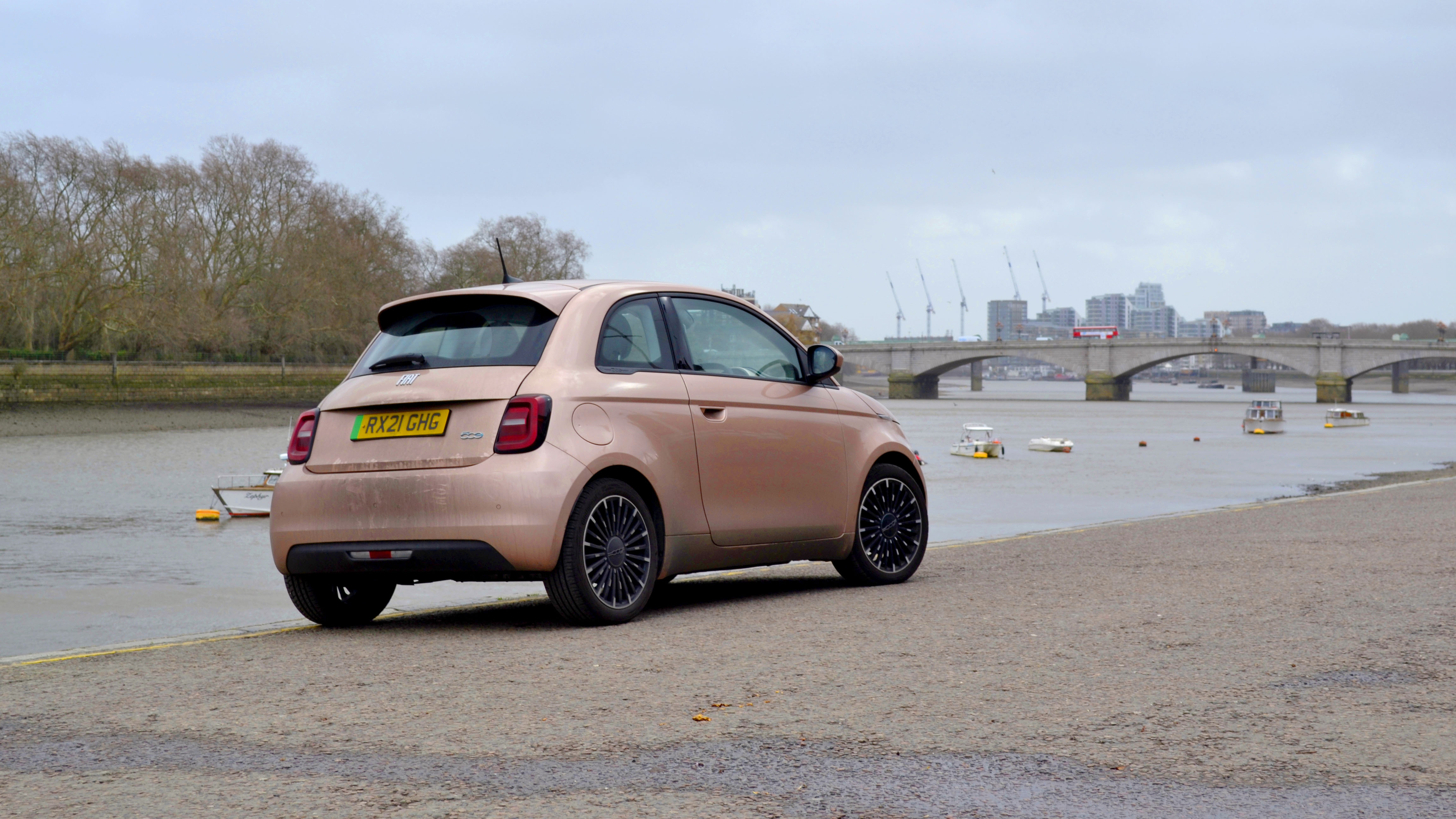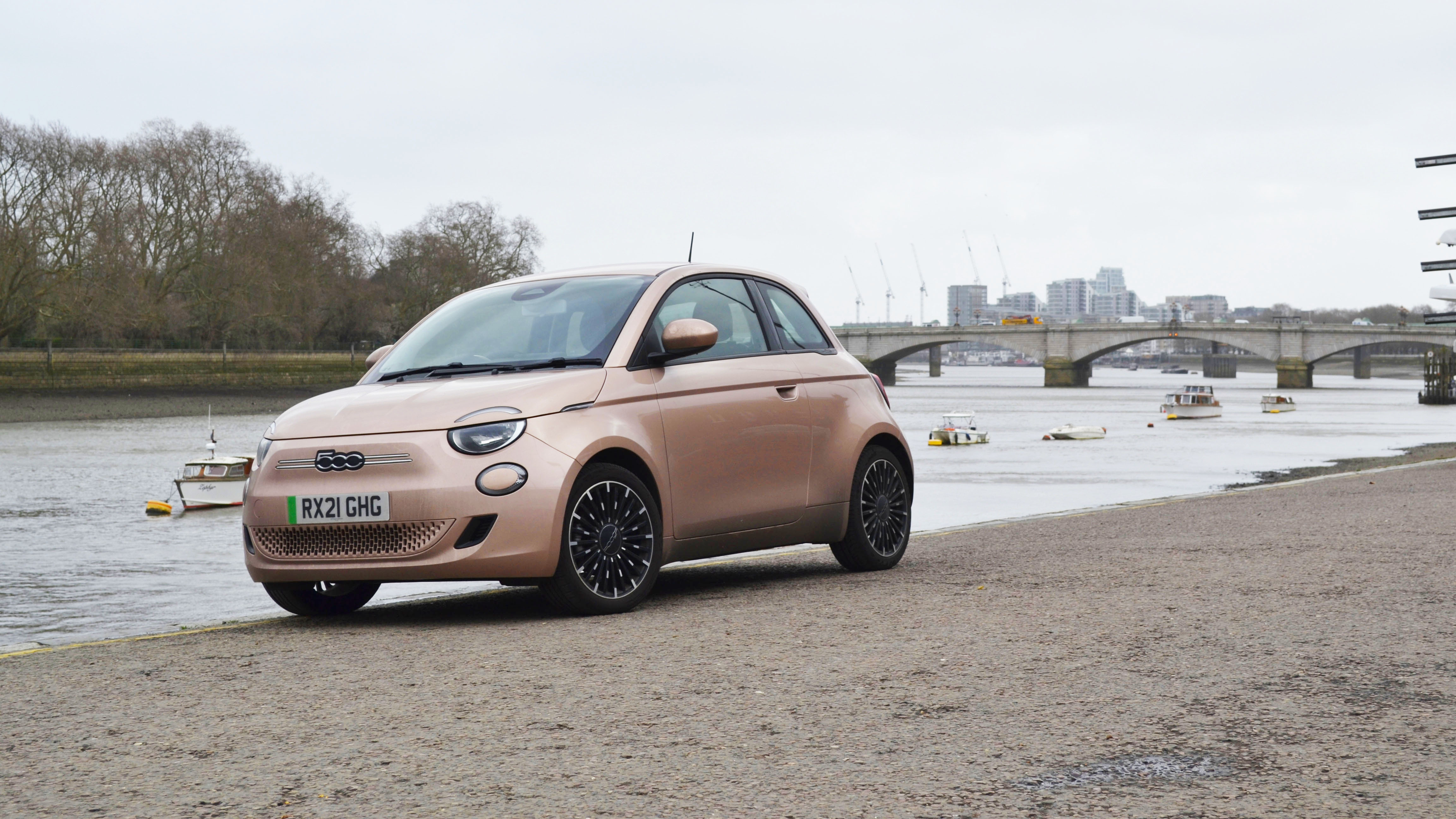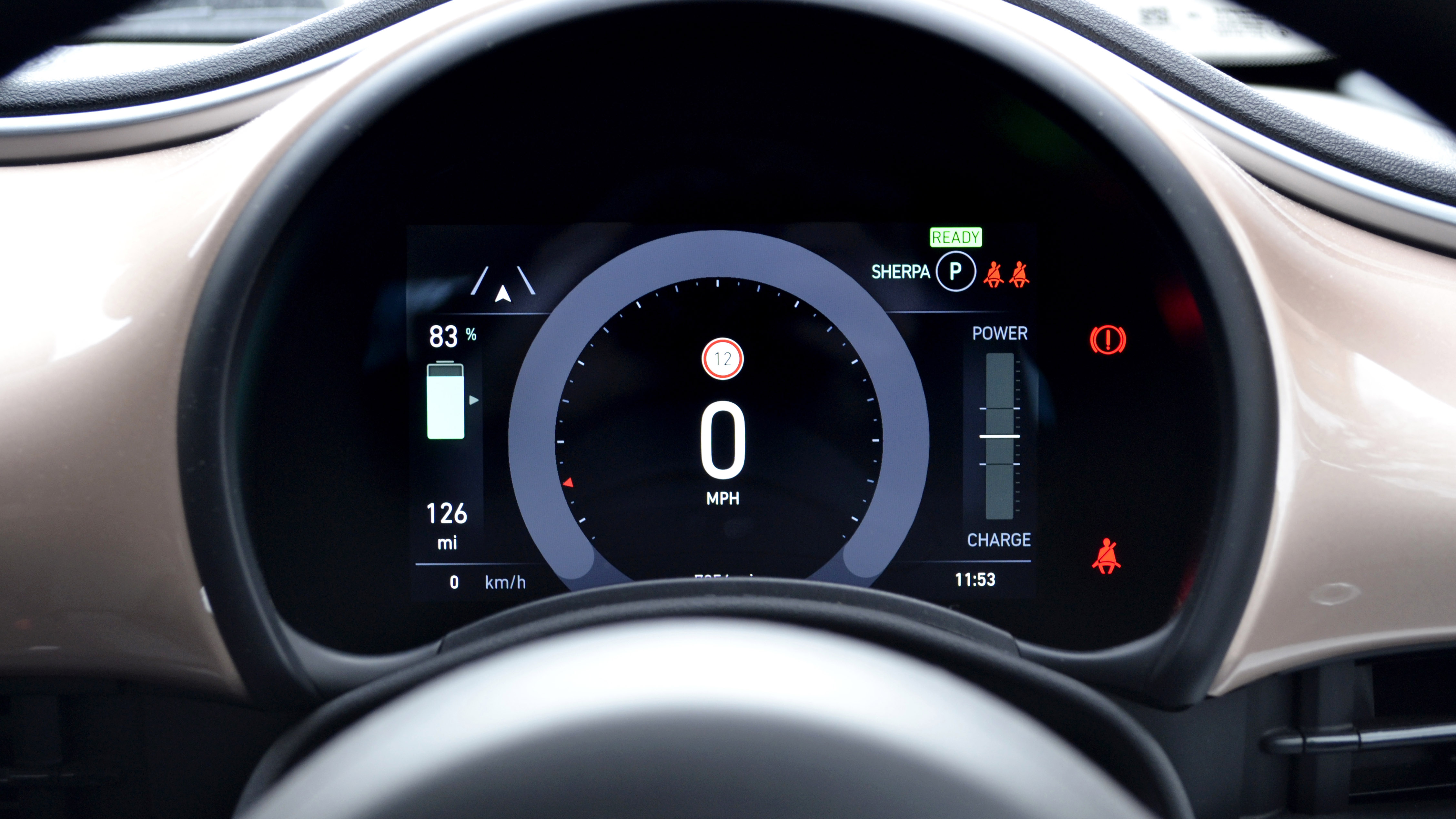
Fiat 500 electric - long-term review
£27,995 / £30,132 as tested / £257 PCM
SPEC HIGHLIGHTS
- SPEC
500e Icon
- Range
186 miles
- ENGINE
1cc
- BHP
118bhp
- 0-62
9s
What's living with the Fiat 500 like beyond the confines of the city?
Strange, isn’t it? How one person’s EV experience can vary so wildly from another’s. Having commandeered ‘BabyCar’ – prior to reading Greg’s experience last month – for a photoshoot many miles away, plus a trip around one of British motoring’s most miserable features – the M25 – to visit family, I was pleasantly surprised at how easy the whole process was. It only endeared me to EVs more. But the sad reality is, for a potential first-time EV buyer, an experience such as Greg’s is likely to put them off until – well, their hands are forced into buying one.
So, allow me to talk you through my positive experience instead. Now, you don’t need me to tell you that the Fiat 500, with its maximum 199-mile range (or, more realistically, around two-thirds of that), isn’t best-suited to long journeys. Especially not ones involving 5.30am starts on a freezing cold morning. So, facing an 86-mile trip to Salisbury, I decided that instead of having to charge at the end of the day, I’d rather get there early, find myself a fast charger, and enjoy a coffee to warm (and wake) myself up. It’s all in the planning, see.
Having sourced a 50kW fast charger using the excellent Zap-Map app, I arrived with around 50 per cent charge remaining. Now, I’ll concede, one of the two chargers at the service station I’d pointed the satnav at was out of service and, had someone else been using the charger, my plans would have been scuppered. But they weren’t, so we won’t overthink it. £9.50 later and around 45 minutes later, I was back up to 90 per cent. Result.
Shoot over, I returned to my South West London abode, where I too am fortunate enough to have several 5.52kW Ubitricity lamppost chargers along my street (and the neighbouring ones too). But as is the case for Greg, the spaces aren’t reserved for EVs, and there was no luck at the first two I tried. Third time lucky and I struck (rose) gold. Once parked up I scanned the QR code, followed the simple instructions, and went home.
The next morning, I returned to the Fiat, now fully charged (at a cost of £8.62), with another daunting trip ahead of me. First, a 40-mile trip around the M25 to Kent to pick up my mum, then onwards and through the Dartford tunnel to Essex – another 33 miles – where we were meeting family for lunch. Would I have enough charge to make it back? With range anxiety looming, I jumped on Zap-Map and discovered there were a couple of 50kW fast chargers in the public car park I was planning on using. While one was occupied when I arrived, the second was free, so with around 40 per cent change remaining, I plugged in, had lunch, and £7.33 later, came back to a fully charged ‘BabyCar’. Result.
Once back in London I, again with no issues, plugged in to a local lamppost charger, fully charged the 500 (at a cost of £7.47), before returning it to Vijay. Easy-peasy.
Now, I’ll admit, there is an elephant in the room. Cost. I calculated that I travelled around 318 miles at a total charging cost of £32.92, which, using some good old-fashioned maths, works out at around 10p per mile. According to the Department of Transport, the average cost per mile for a new petrol or diesel car is... 10p.
It’s worth pointing out here that the two fast chargers I used cost 31p/kWh and 45p/kWh respectively, and the local lamppost chargers 24p/kWh. With an entry-level internal combustion engined Fiat 500 starting from £14,005 versus £23,385 for the electric model, if you rely on public chargers you're unlikely to recuperate the extra expenditure you’d pay for an electric model. But, charging at home off-peak (ie overnight) using a wallbox can cost as little as a quarter of that, while some businesses are now installing charging points at the workplace, allowing you to charge for free.
There’s no denying the Fiat 500 is better suited to urban life. That’s what it’s designed for. But that’s not to say it can’t go further afield, and it’ll only get easier as the charging infrastructure improves. However, with EVs meant to be cheaper to run than an ICE car, my experience flags quite a significant issue – for those with no off-street parking, or living in rented accommodation, or any other reason that makes it unfeasible to home charge, what’s to convince strapped-for-cash first-time buyers to join the electric revolution?
Featured

Trending this week
- Car Review
BMW 1 Series
- Top Gear's Top 9
Nine dreadful bits of 'homeware' made by carmakers






